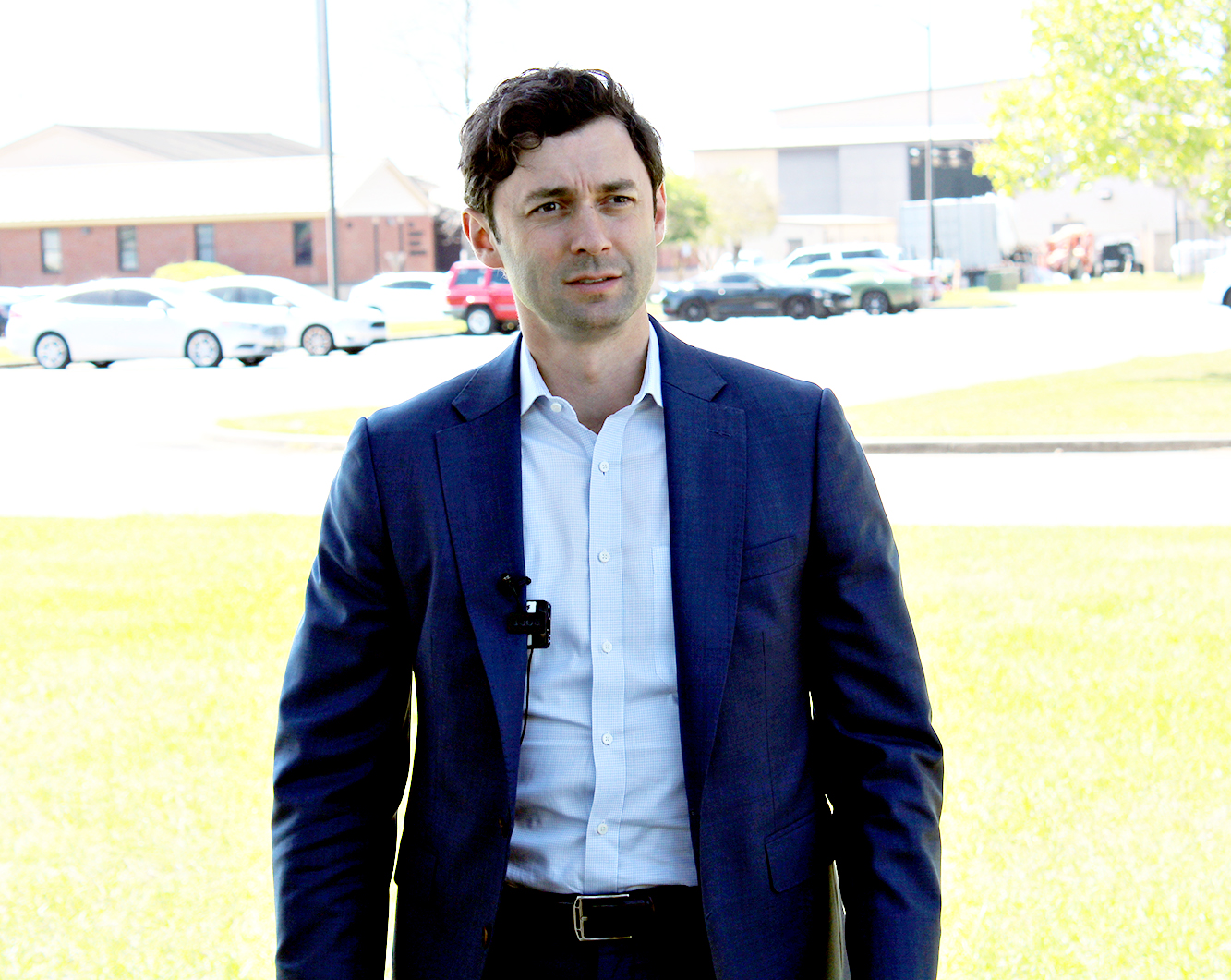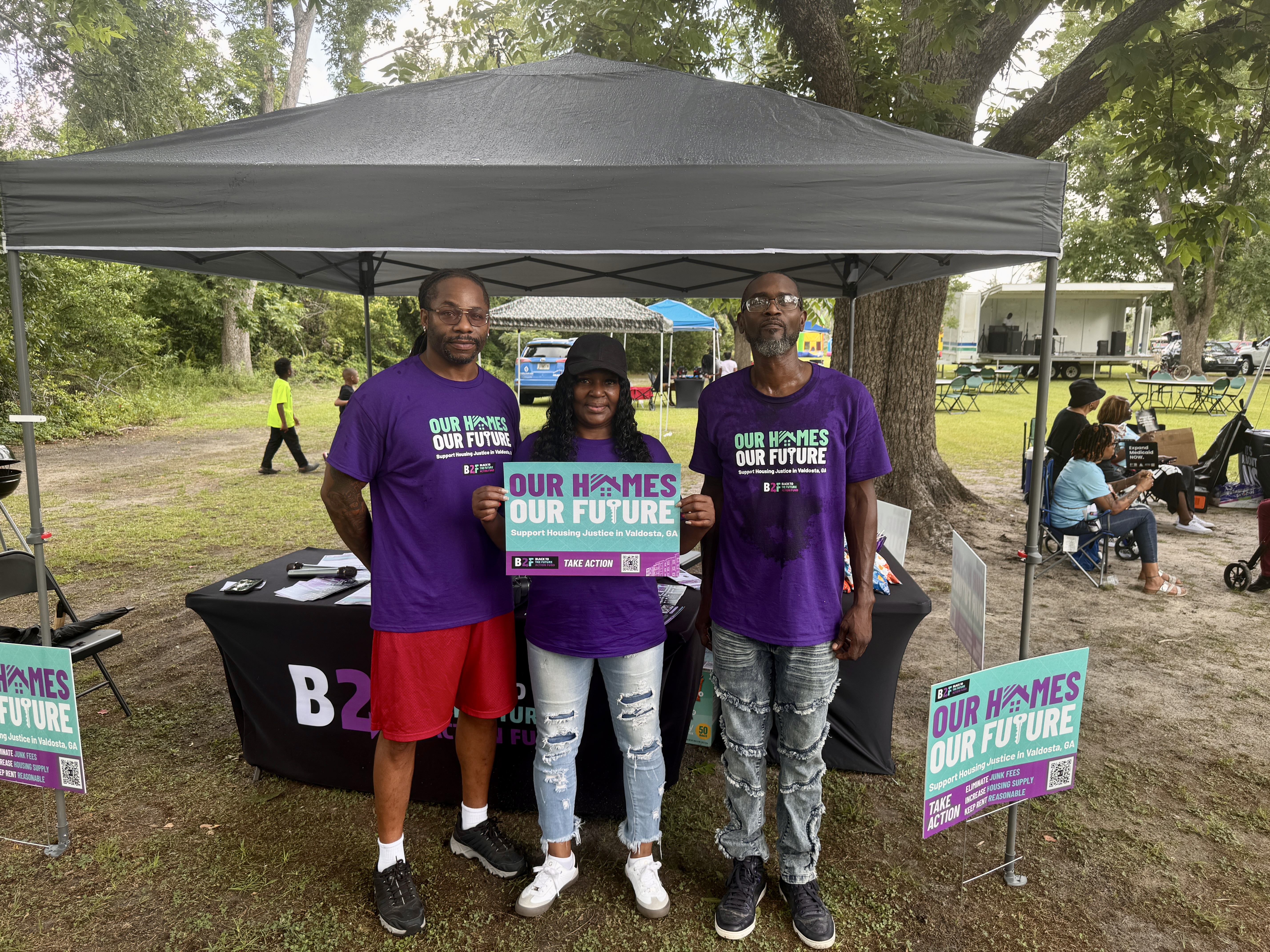Students, teachers reflect on CRCT week
Published 12:09 am Thursday, April 26, 2007
VALDOSTA — Area elementary and middle students are getting back into the swing of school, after completing a full week of testing for the Criterion Reference Competency Test last Friday.
Since its implementation, the No Child Left Behind Act has continued to increase the performance standards of this nation’s students, while leveling the learning bar across the board for varying student subgroups.
In Georgia, the CRCT was developed in 2000 to evaluate student comprehension of various academic subjects, and as years progressed, specific requirements in the areas of math and reading were expected before students in grades 3, 5 and 8 could be promoted.
As Georgia made the move toward adequately preparing competent and competitive students, educators within the State Department of Education worked in recent years to develop a more efficient learning system. Switching from the Quality Core Curriculum, which is often classified as a system covering a broad surface of subject material, school systems have begun to implement the new Georgia Performance Standards, which bring more in-depth, hands-on focus to classroom lessons. The new standards are intended to provide students with a greater foundation for learning, which can be built upon easily in subsequent years, as students are expected to require less review of former lessons. This year marked the first year that students were tested on the new GPS through the CRCT.
As the end of the year approaches and kids in the Valdosta and Lowndes County School systems look forward to advancement, several students shared their experiences last week during testing and expressed their views on the CRCT as a determining factor in promotion.
Jay Rome, 14, eighth grade, Valdosta Middle School
Q: What were you told about the CRCT?
A: From the first day of school, they were just letting everybody know that you have to pass it to go on to the next grade, but it didn’t make me nervous because I make good grades.
Q: What did you think was the most difficult?
A: The math part for me because this year I’m in Algebra 1, but the CRCT only covers pre-Algebra, so I had to recap.
Q: Were you able to study for it?
A: I just paid attention over the school year.
Q: Do you feel like the CRCT proves your ability?
A: I feel like being a student in the classroom everyday proves who I am as a student.
Brittany McFarland, 10, fifth grade, Parker Mathis Elementary School
Q: What did you hear about the CRCT this year?
A: My teacher, Mrs. Pipkin, was saying that you have to pass it to go on to the sixth grade. I was nervous.
Q: What was the hardest part?
A: Social studies. We had to remember some things on the test that we had learned before this year. Things we’ve learned since I’ve been in school.
Q: How did you prepare?
A: I studied most of the things we had to know through the CRCT practice tests. I had some help from my parents, too.
Valdosta Middle School Principal Martin Roesch commented on the CRCT and teachers.
Q: How do you keep your teachers encouraged through the testing and scoring process?
A: My teachers look at the success of the students as their success, and any failure as their own failure. I tell them just as I tell the students, as long as they know in their hearts and minds that they put everything in their students, then they should never feel like they fail, even if we don’t make AYP (Adequate Yearly Progress).
When we get the results back, I look at if from a positive standpoint. These tests provide an opportunity for us to continually improve. If a student scores 780 one year, and 790 the next, even though they didn’t make the required 800, they did make progress. I believe in accountability, but I believe we should make it an equitable system, without absolute bars.
Faith Rogers, 12, sixth grade, Lowndes Middle School
Q: What do you think of when you hear CRCT?
A: I think of a whole week of testing and always being in my homeroom
Q: What is your view of the test now that it’s over?
A: I kind of got bored when I was done with each section because there wasn’t anything we could really do until everyone was finished. It wasn’t stressful, but it was time consuming.
Q: Hearing that your schoolmates in the eighth grade won’t be able to go to high school without passing the CRCT, do you think that’s fair?
A: I do think it’s fair. It tests you to make sure that you’re completely ready. High school is hard and you have to make sure that you’re prepared
Alexis McCutchin, 11, fifth grade, Southeast Elementary
Q: How do you feel about your CRCT performance this year?
A: I know it’s going to be good because my teachers taught me well, and I’m an A and A/B honor roll student.
Q: What was the most difficult part of the test for you?
A: Science was the hardest part because some of those questions I didn’t know. Social studies was hard, but I was able to study World War I and World War II and different things like that on the practice test on my computer at home.
Q: Were you nervous at any point while taking the test?
A: I thought it would be easier than it was, but it started getting harder by the minute. I thought I was going to fail, but I started thinking about things my mother said. She told me to imagine that I would be getting a prize for each problem I got right. Once I finished, it was more than a prize for me though. It’s something I can hold for the rest of my life because I know what I can achieve.
Lowndes Middle School parent Stephanie Gray shared how she helped her seventh-grader prepare for the CRCT.
Q: How was the week of testing for you?
A: Phelicia was nervous during testing, but she thinks she did a good job
Q: What did you do at home to help her do well each day?
A: I made sure she went to bed on time and had a good breakfast, and we just pumped her up and told her to do her best, and we’d be proud.
Q: How did the school partner with you to help your daughter prepare for the CRCT?
A: They sent home information about the practice test Web site, and that was a great asset.
Frank Riley, 10, fifth grade, Southeast Elementary
Q: What’s your take on the CRCT?
A: The CRCT is a very important test that will take you to a new journey — the next grade-middle school.
Q: Did knowing that make you nervous?
A: I wasn’t afraid at all. We had a pep rally here at school, and the speaker told us to let our butterflies fly straight.
Q: So is the CRCT a test you study for or a test that you just have to be ready for?
A: You have to study and be ready.
Q: Was it what you expected it to be?
A: Some parts were harder than I thought, and some were easier. I had to remember a lot of things from other grades.
Q: How did your teachers help you prepare?
A: Mrs. Mobley and Mr. Wooten helped us a lot. They got slips (with codes) for us to get on the computer, and it helped me learn more. I have a computer at home and I play a math multiplication game on it and that helped me a lot.
Chelsea Jackson, 14, eighth grade, Valdosta Middle School (First year at VHS after opting for school choice from J.L. Newbern)
Q: When you hear “CRCT,” what do you think?
A: When I hear it, I think dreadful, because it puts so much pressure on us during that week because we know we have to pass it to go on, and a lot of us really want to go.
Q: How did your teachers help you all to alleviate some of the stress during testing?
A: We went outside to get some fresh air, and after the test we could talk and be with our friends, so that helped to release some of it.
Q: How did you handle the anxiety each day?
A: Each morning I told myself that I could do it, and my parents were really helpful. They motivated me and told me I could do it if I just came in with a positive attitude.
Q: Were you able to study for it?
A: I studied each section online, 30 minutes each night for two weeks before the test, and that was very helpful.
Q: What advice do you have to upcoming eighth graders?
A: Always pay attention in class and come in with a positive attitude. Don’t think that because this is eighth grade you’re going to do whatever you want. You have to have a good attitude.
Joel Aguilar, 14, eighth grade, Lowndes Middle School,
Q: How do you feel about your performance on the CRCT?
A: It was pretty good. Everything was smooth except for social studies. There was a lot of material to know.
Q: How do you feel about the CRCT’s influence on you being able to go to high school?
A: I think it should be important, but if you have good grades in school, but you don’t do well on the CRCT, it shouldn’t be able to fail you.
Q: If you could give advice to upcoming eighth graders on the test, what would you tell them?
A: I would tell them to pay attention the whole year and study the whole year. Don’t try to cram for it at the last minute.
Southeast Special Education teacher Linda Foster, of 24 years, described preparing students with disabilities to take the CRCT.
Q: How has learning and standardized testing for special needs students changed in your time as a teacher?
A: The accommodations have changed, and we’ve seen the inception of GPS in the special ed classroom. Also, we’re seeing more hands-on application of lessons and more collaboration among teachers, so our special needs students have more exposure to the regular education classroom.
Q: So SWD are expected to perform on the same level as regular education students?
A: Yes, which is why we teach them on their grade level, with the necessary accommodations and modifications as needed.
Q: How is that going?
A: It’s going great and it’s far better for some of the higher functioning students. For others, who may have a hard time grasping specific concepts, it’s still going well because they are still exposed to the material. I believe it does a lot for the entire group’s self esteem.
Q: What accommodations are allowed for your students?
A: As long as we give them the accommodations and modifications through they year, they can use them during the test. Students may use calculators, and we can read a passage to them once and read the listed items to them twice. That has changed since last year — before we could read them as many times as they needed. When we explained the new way to them, they were fine with it, and were actually more attentive.
Q: How do you help your kids to get rid of anxiety?
A: We do a lot of encouraging, verbal praising, and we give them test-taking strategies, along with repetitive instruction and review. They also have access to computer lessons, and they really love the computers.
Q: Quite often, the SWD sub-group has to bear the weight of below average CRCT performances, which sometimes results in their schools not making AYP. What would you say to let people know that these students are learning throughout the year and giving their all on the test?
A: They push forward and come in with the attitude that they’re going to pass. I saw them using the test-taking strategies as they took the test last week, and they felt as though they could do just as good as the regular students. They try so hard because they want to do good.





